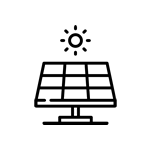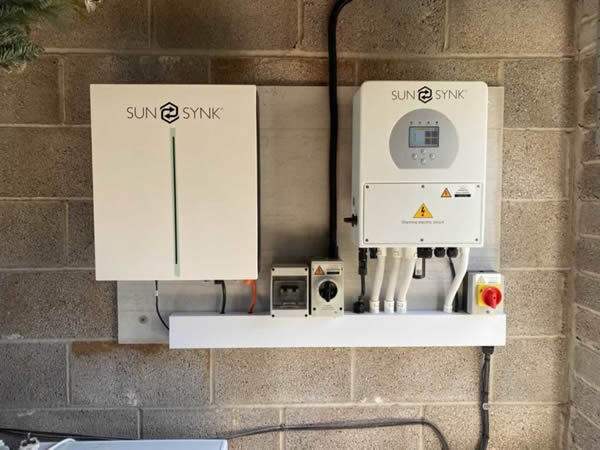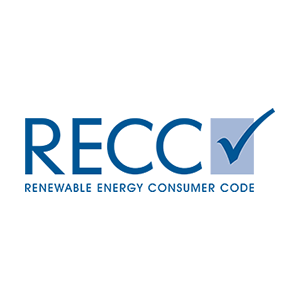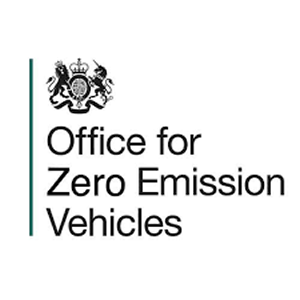Determining Your Home's Solar Power Potential
Solar power is a fantastic way to generate clean energy and reduce your electricity bills. But how much solar power can your home generate? Whether you have quotes from solar installers or are just exploring options, it’s crucial to understand the factors that affect solar power generation. This guide will show you how to estimate your home’s solar power potential using a reliable online tool.
Key Factors Influencing Solar Power Generation

Geographic Location
Your location significantly impacts the amount of solar power your home can generate. Different regions receive varying amounts of sunlight throughout the year. For instance, locations like Los Angeles enjoy around 2000 kilowatt-hours (kWh) per square meter annually, whereas areas like Oxford in the UK receive about half of that. Regions in Australia often have even higher solar potential than Los Angeles.

Roof Orientation
The orientation of your roof is crucial for maximizing solar power generation. In the northern hemisphere (e.g., USA, Europe), a south-facing roof is ideal. In the southern hemisphere (e.g., South America, South Africa, Australia), a north-facing roof is optimal. East and west-facing roofs can also be effective, capturing the morning and evening sun, respectively.

Roof Slope
The angle of your roof affects how directly your solar panels face the sun. Ideally, panels should be oriented to face the sun at an average angle between its highest point in summer and lowest point in winter. While the slope of your roof is fixed, understanding this can help you anticipate potential efficiency losses.

Solar Array Size
The size of your solar array, including the number of panels and their efficiency, determines the total power generation. Typical domestic solar panels are around 1.5 meters by 1.1 meters, producing up to 400 watts each. For example, an array of 12 panels would have a peak output of 4.8 kilowatts (kW).
Using the European Commission's Solar Utility
An excellent tool provided by the European Commission’s Joint Research Centre can help you calculate these factors. Here’s how to use it :

Access the Utility
Visit the European Commission’s solar utility website.

Locate Your Property
Use the map controls to zoom into your location. You can also enter your address or zip code. Click on your property to drop a pin.

Configure Settings
Adjust the following settings on the right side of the screen:
- Installed Peak PV Power
Enter the size of your solar array. For example, 6 kW.
- System Losses
Leave this at the default value of 14%.
- Mounting Position
Select “Roof” for most residential installations.
- Roof Slope
Enter the incline of your roof in degrees. You can estimate this by visual inspection or calculation.
- Azimuth
Enter the orientation of your array relative to true south (or north in the southern hemisphere).
- Visualize Results
Click on “Visualize Results” to see a graph showing your estimated monthly electricity generation. This chart can be downloaded for further analysis.

Example Comparisons
Comparing different locations using the same settings can illustrate how geographical location affects solar power generation. For instance, a property near San Diego, USA, will show a relatively constant generation throughout the year, peaking in August. A property near Oxford, UK, will have more varied generation, peaking in July and significantly lower in December.
Conclusion
By using the European Commission’s solar utility, you can easily estimate your home’s solar power potential and compare it to other locations worldwide. This tool helps you make informed decisions about solar panel installation, ensuring you maximize your investment in renewable energy.
Harnessing solar power is a great step towards energy independence and sustainability. Start exploring your home’s solar potential today and take the first step towards a greener future.



















